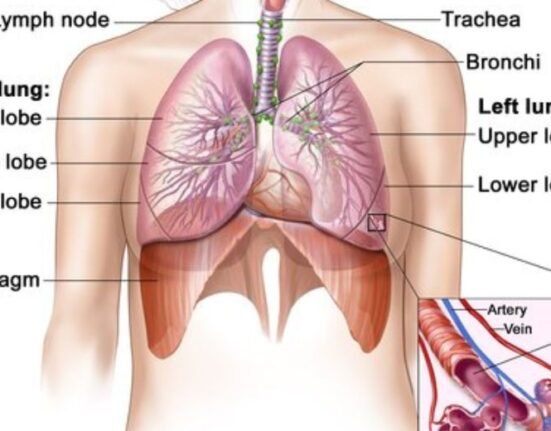HQ Team
January 11, 2023: the World Bank’s Global Economic
The deceleration is overshadowed only by the 2009 and 2020 global recessions. It results from high inflation, worsening financial conditions, the Russian-Ukraine war and the ongoing Covid-19 pandemic.
Global growth is expected to fall sharply to 1.7% in 2023. The fall is 1.3 percentage points below previous forecasts.
Investment growth in emerging markets and developing economies (EMDEs) is forecast to remain below its average rate of the past two decades through the medium term.
Adverse shocks could push the global economy into another recession. The subdued outlook for EMDEs follows a geographically widespread investment growth slowdown in the decade before the Covid-19 pandemic.
Small states vulnerable
Small states are especially vulnerable to such shocks because they rely on external trade and financing, limited economic diversification, high debt, and susceptibility to natural disasters. This is likely to weaken investment and trigger corporate defaults.
During the past two decades, investment growth went hand in hand with strong real output growth, robust real credit growth, terms of trade improvements, increase in capital inflows, and investment environment reform spurts.
All of these factors have seen a declining trend since the 2007-09 global financial crisis.
Further adverse shocks, such as higher inflation, even tighter policy, financial stress, more profound weakness in major economies, or rising geopolitical tensions, could push the global economy into recession.
Investment contraction
The pandemic triggered a severe investment contraction in EMDEs excluding China in 2020—a far deeper decline than in the 2009 global recession caused by the global financial crisis.
The United States, the euro area, and China are all undergoing a period of pronounced weakness. The resulting spillovers exacerbate other headwinds emerging markets and developing economies face.
Weak investment growth is a concern because it dampens potential growth, is associated with weak trade, and makes achieving development and climate-related goals more difficult.
The investment recovery following the Covid-19 pandemic is proceeding more slowly. The slow recovery partly reflects the widespread impact of the pandemic on investment, which shrank in nearly three-quarters of EMDEs during the pandemic.
Small states’ economies were hit hard by Covid-19, mainly due to prolonged disruptions to global tourism.
Slowing investment growth
As the COVID-19 pandemic began, emerging market EMDEs experienced a slowdown in real investment growth for most of the previous decade, from nearly 11% in 2010 to 3.4% in 2019.
In EMDEs excluding China, investment growth tumbled more sharply: from 9% in 2010 to a mere 0.9% in 2019.
In the advanced economies, by contrast, investment growth was sluggish but also more stable, hovering around its long-term average of 2% each year.
The effects of the pandemic and the war in Ukraine are expected to extend the prolonged and broad-based slowdown in investment growth seen in the 2010s.
Developing digital and technological infrastructure can be an essential driver of investment growth, according to the report.
Policies to stimulate private and public investment include:
- Closing the rural access gap to broadband networks.
- Ensuring price affordability for consumers.
- Educating the workforce in ICT-relevant.








